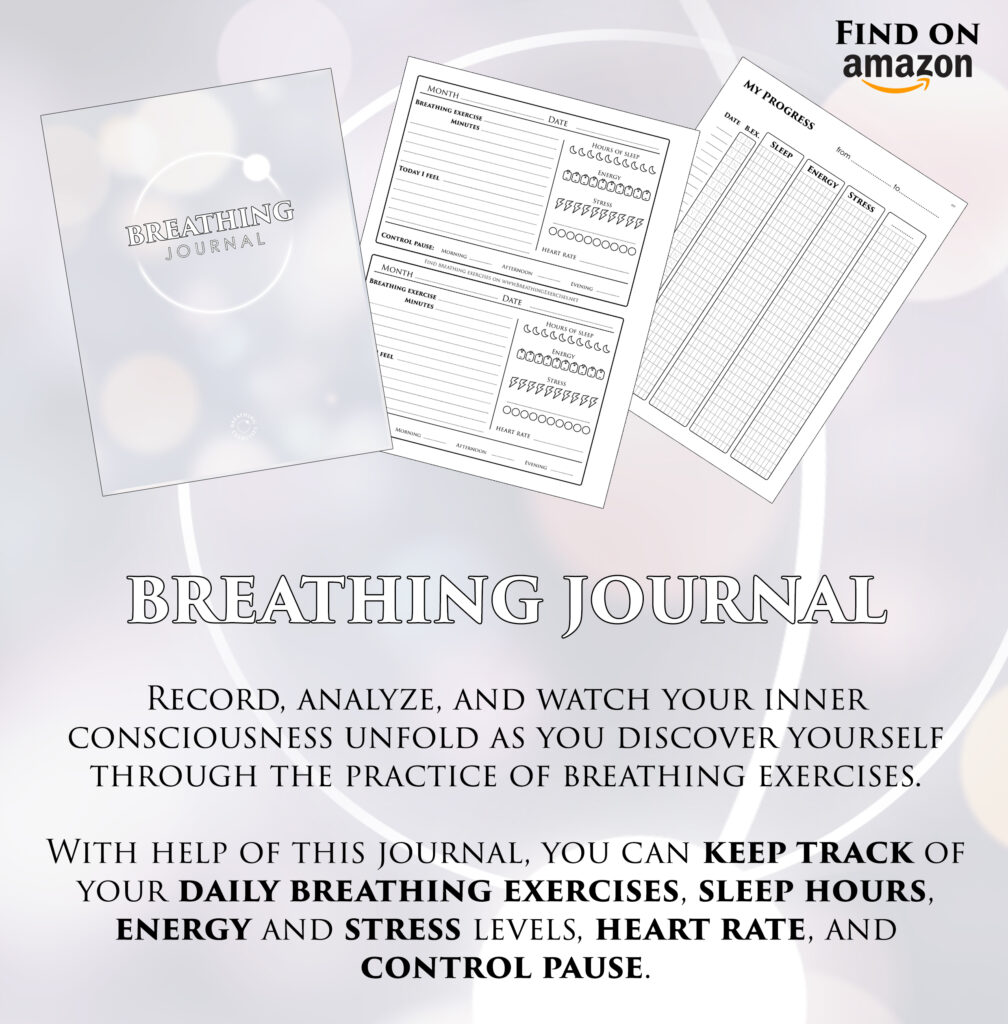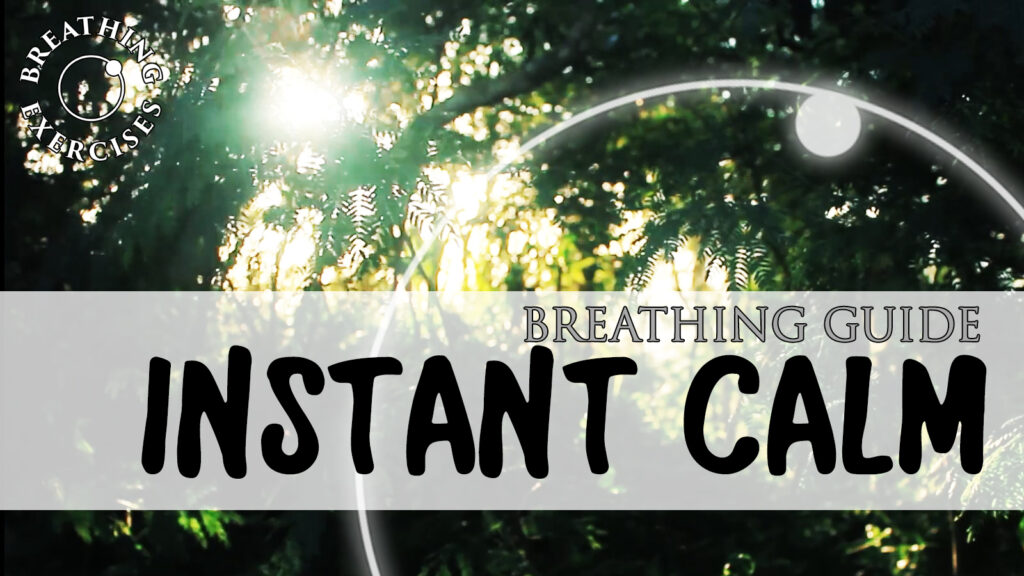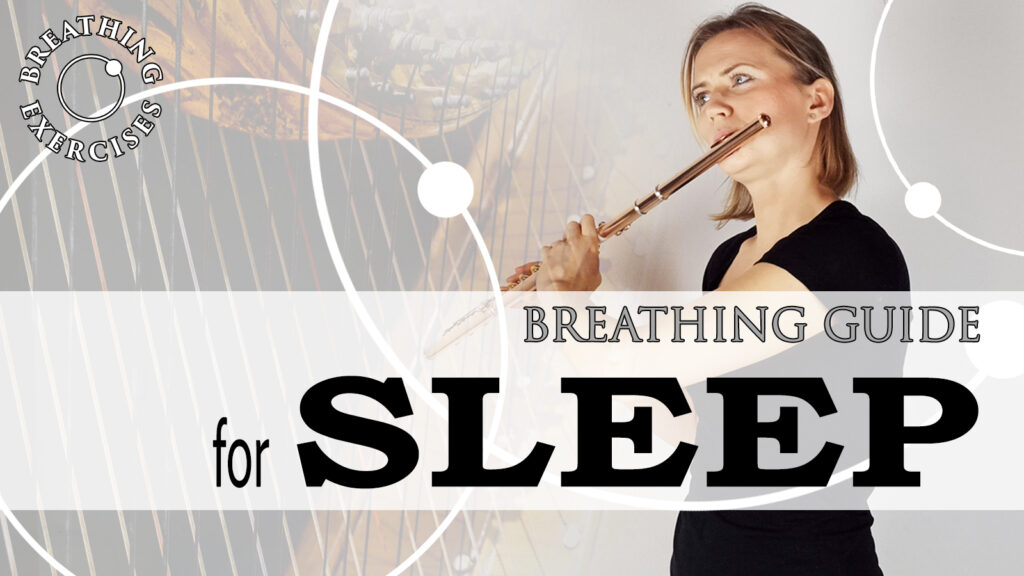Holding the breath after exhale technique is used to increase carbon dioxide (CO2) levels in the blood, which can have several physiological effects:
1. Bohr Effect: Higher CO2 levels enhance the Bohr Effect, facilitating the release of oxygen from hemoglobin to the tissues. This means that holding the breath after exhale can improve oxygen delivery to cells.
2. Respiratory Muscle Training: Breath retention challenges the respiratory muscles and helps strengthen them. It can improve lung capacity and efficiency in the exchange of gases.
3. Relaxation Response: Controlled breath retention can activate the parasympathetic nervous system, inducing a relaxation response. This can help reduce stress, anxiety, and promote a sense of calm.
4. Mind-Body Connection: Holding the breath after exhale is often incorporated into mindfulness practices. It encourages focused awareness on the breath, fostering a stronger mind-body connection.
It’s important to note that breath retention practices should be approached with caution, especially for individuals with certain medical conditions. Always consult with a healthcare professional or a qualified instructor before incorporating advanced breathing techniques into your routine.

Be the first one to try the newest Breathing exercises!
Subscribe to Breathing Exercises Net newsletter!




